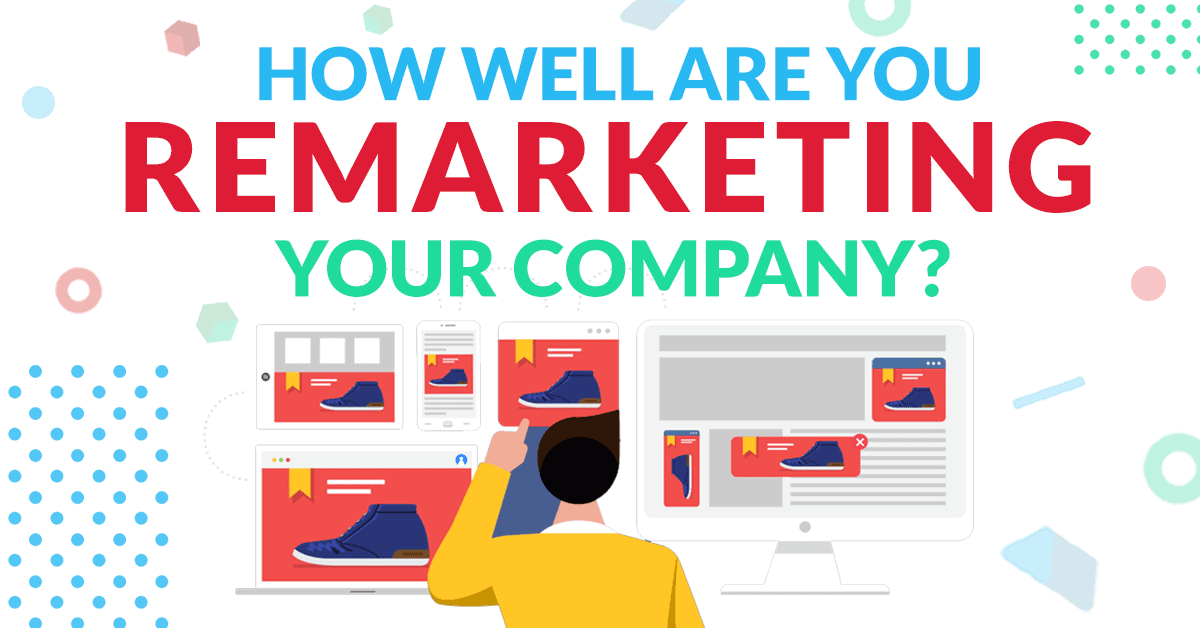As the company’s trailblazers, the marketing team is expected to take the lead in making sure that their company’s branding is consistently represented for both offline and online materials alike.
With the continuous growth of digital marketing, more companies are indeed taking more time in making sure that they are well represented online, most especially through their website.
If you’re looking into building or redesigning your website, it is possible that you may be lost with the all the terms that web designers and web developers use that you may not be familiar with.
Be ready to take the lead and make your next web design meeting more productive by familiarizing yourself with these common web design terms:
ALT tag
The ALT tag/text or Alternative tag/text displays in the image placeholder while the page is loading. It also helps in optimizing your website for ADA compliance, SEO ranking, and web accessibility.
Call to Action (CTA)
A specific image, banner or button, CTAs are designed to guide your website’s visitor for a desired or expected course of action (e.g. Download Now, Contact Us, Learn More, etc.).
Domain
An essential component when creating a website, your domain is the “address” where people go to visit your website (i.e. ABC.com).
Hosting
This refers to where you “house”, serve and maintain your website. A web server is a computer running web software that allows and connects your website or web page on the internet.
Meta Tag
An important aspect of SEO ranking, a meta tag stores information about a specific page on your website such as its description. This information is then used by search engines for indexing to help categorize and rank your website in search engine results pages (SERPs).
Plugin
This refers to software apps that are “plugin” in your Content Management Software (CMS) such as WordPress, to enable added features to your website.
Responsive Design
Probably one of the most important things to take note of when building a website, responsive design refers to your site’s ability to adjust to different screen types from desktop, tablet or mobile phones.
Site Map
The first step in designing a website, a site map acts as the “blueprint” of your website. From its pages and content, it is important to iron it out in your site map to have a seamless website design process.
SSL (Security Sockets Layer)
With privacy a major concern in the digital age, a Secure Sockets Layer (SSL) is a security protocol that establishes encrypted communication between a browser and a website. Make sure that your website is equipped with an SSL certificate (a website equipped with an SSL certificate has a lock symbol appearing before the URL) to keep your website’s information secure at all times.
User Experience (UX)
UX (User Experience) is the discipline of seamlessly optimizing your website’s content, design tools and techniques to help your website visitors in easily navigating your website. This covers all aspects in creating your website from copywriting, design and even your website’s screen loading time.
Need a hand in creating or redesigning your website? Let our team at iManila help you!
Contact us today at (02) 490 0000 or email us at [email protected].


